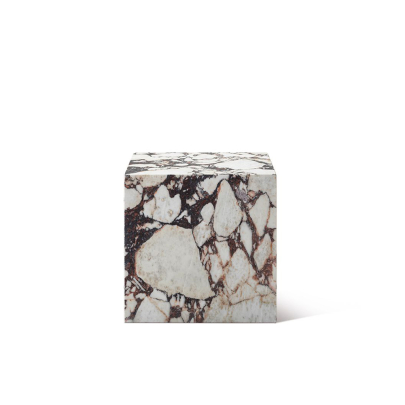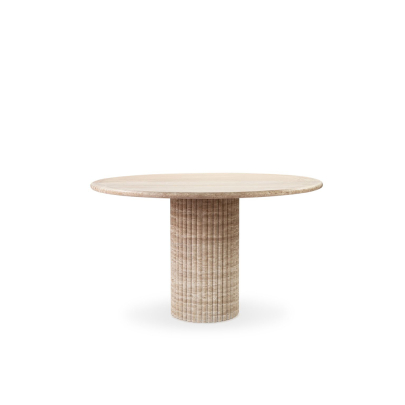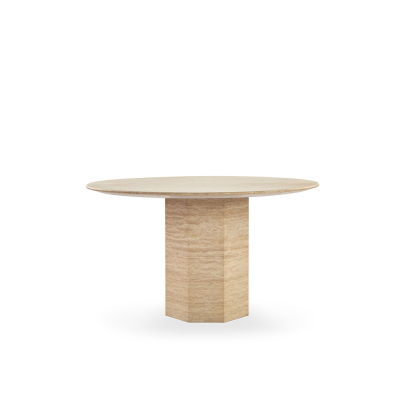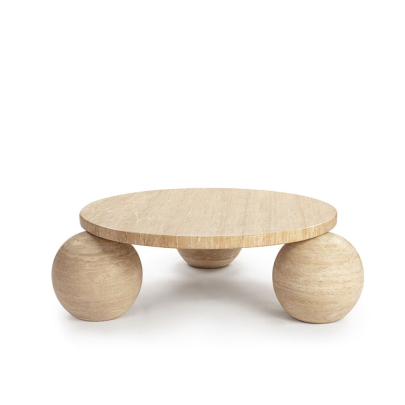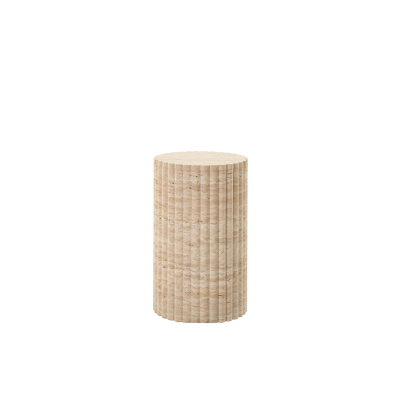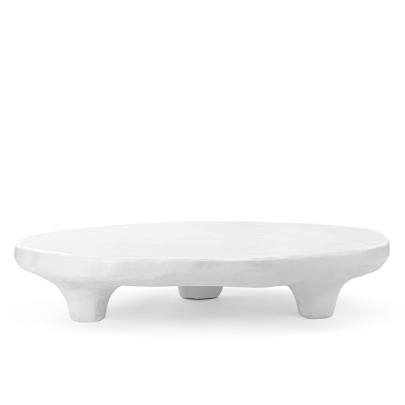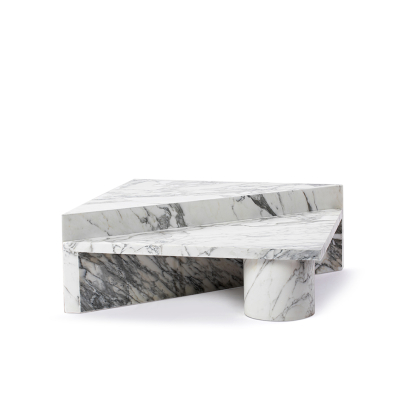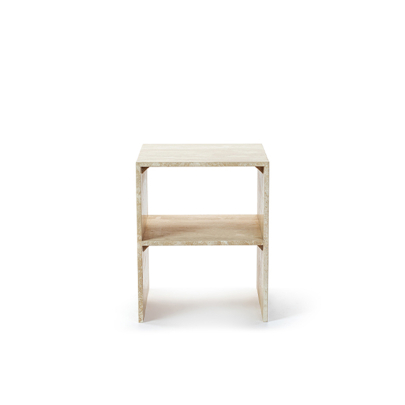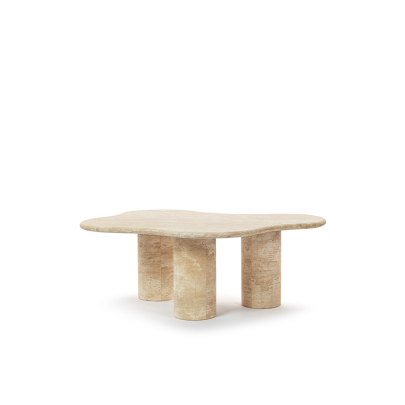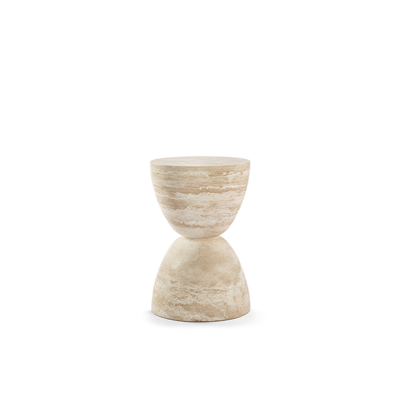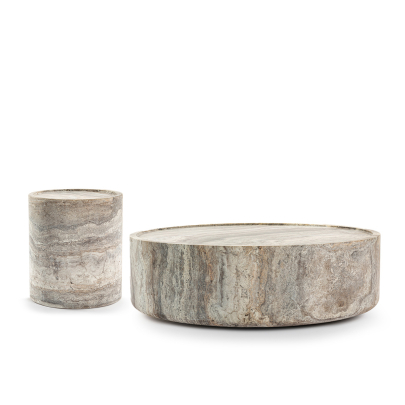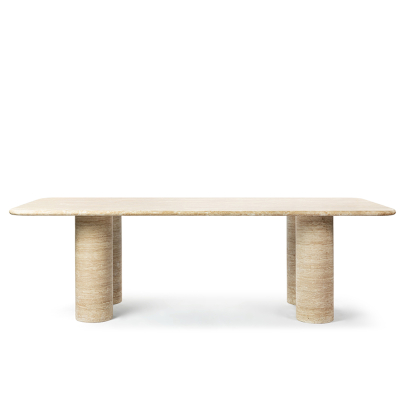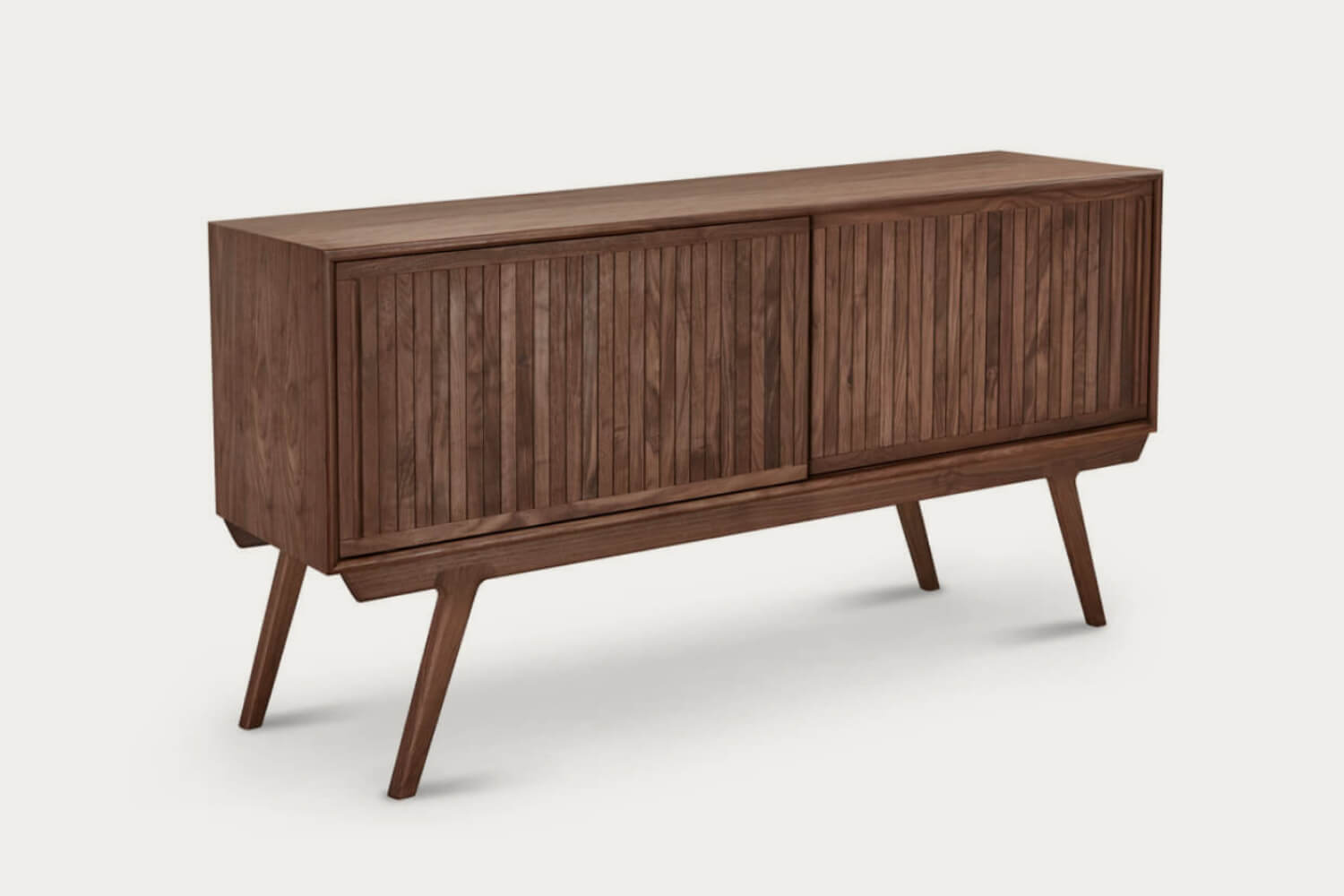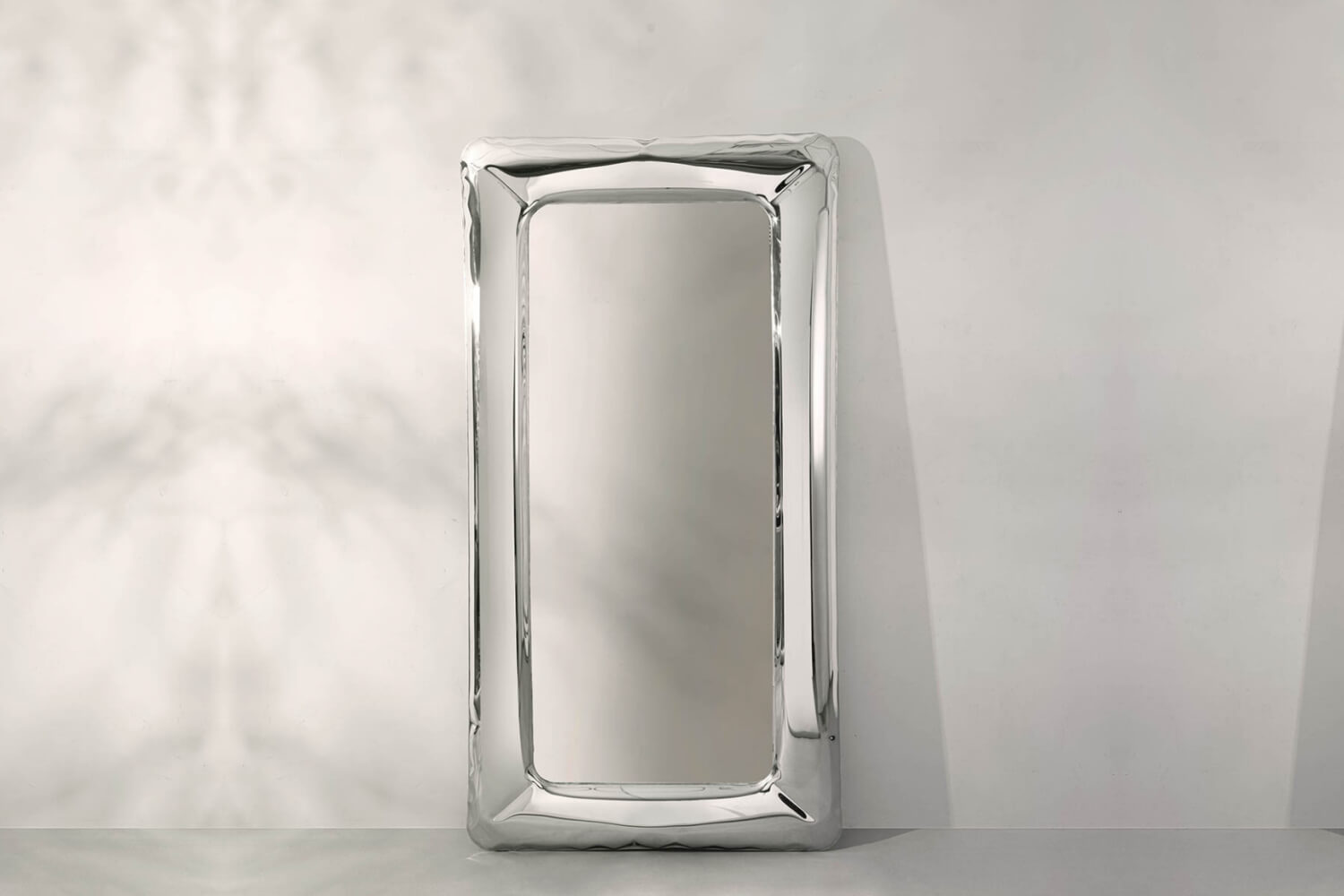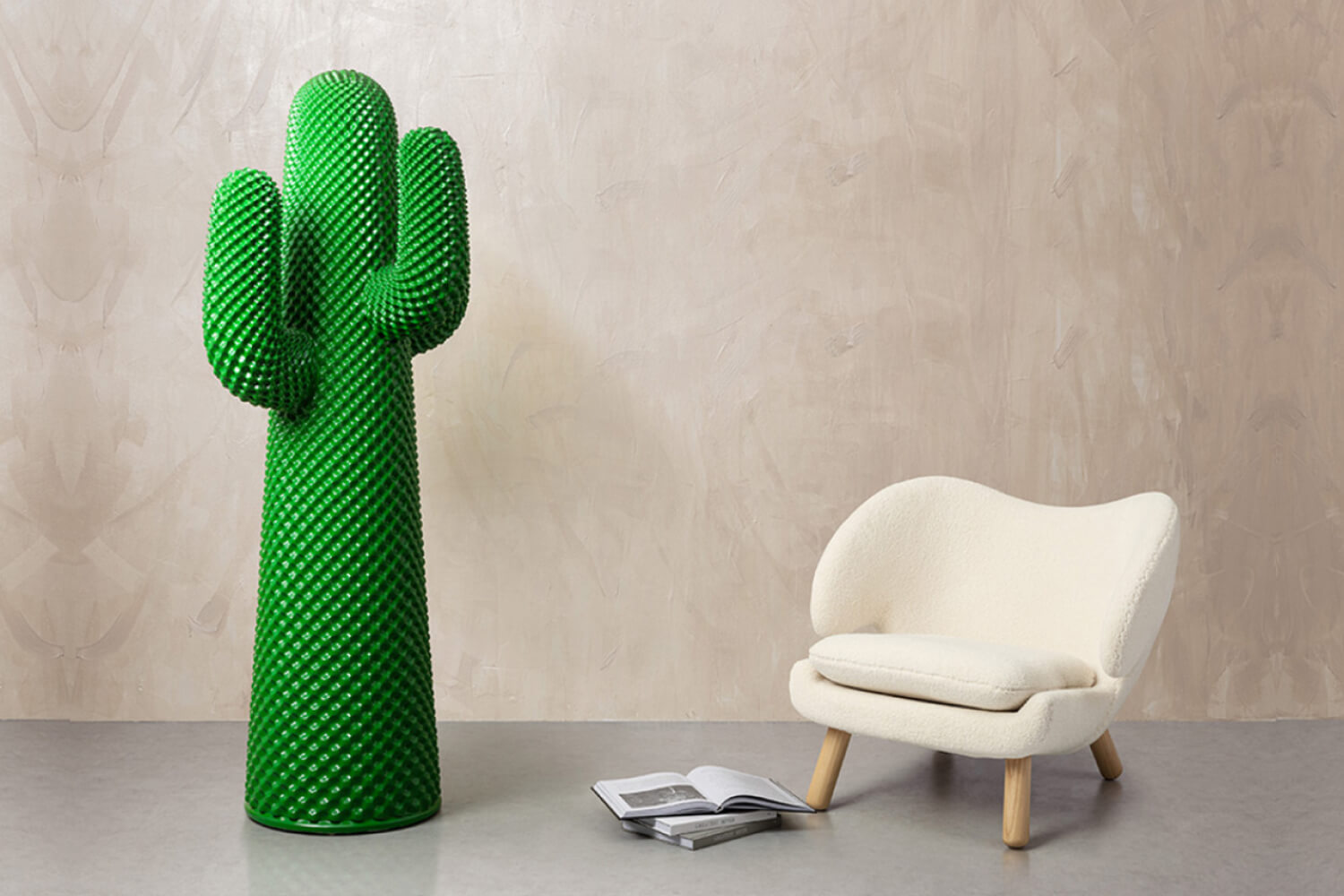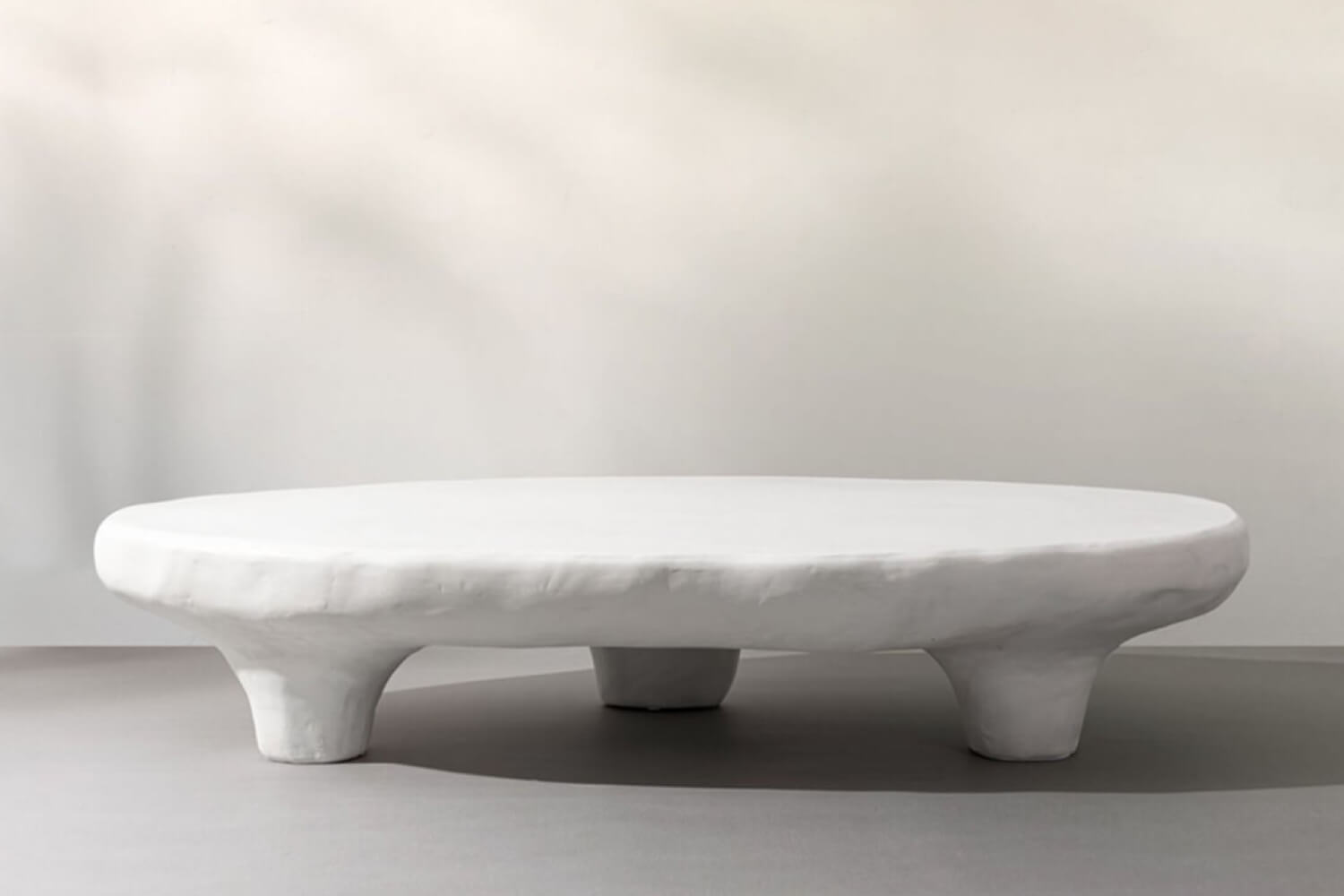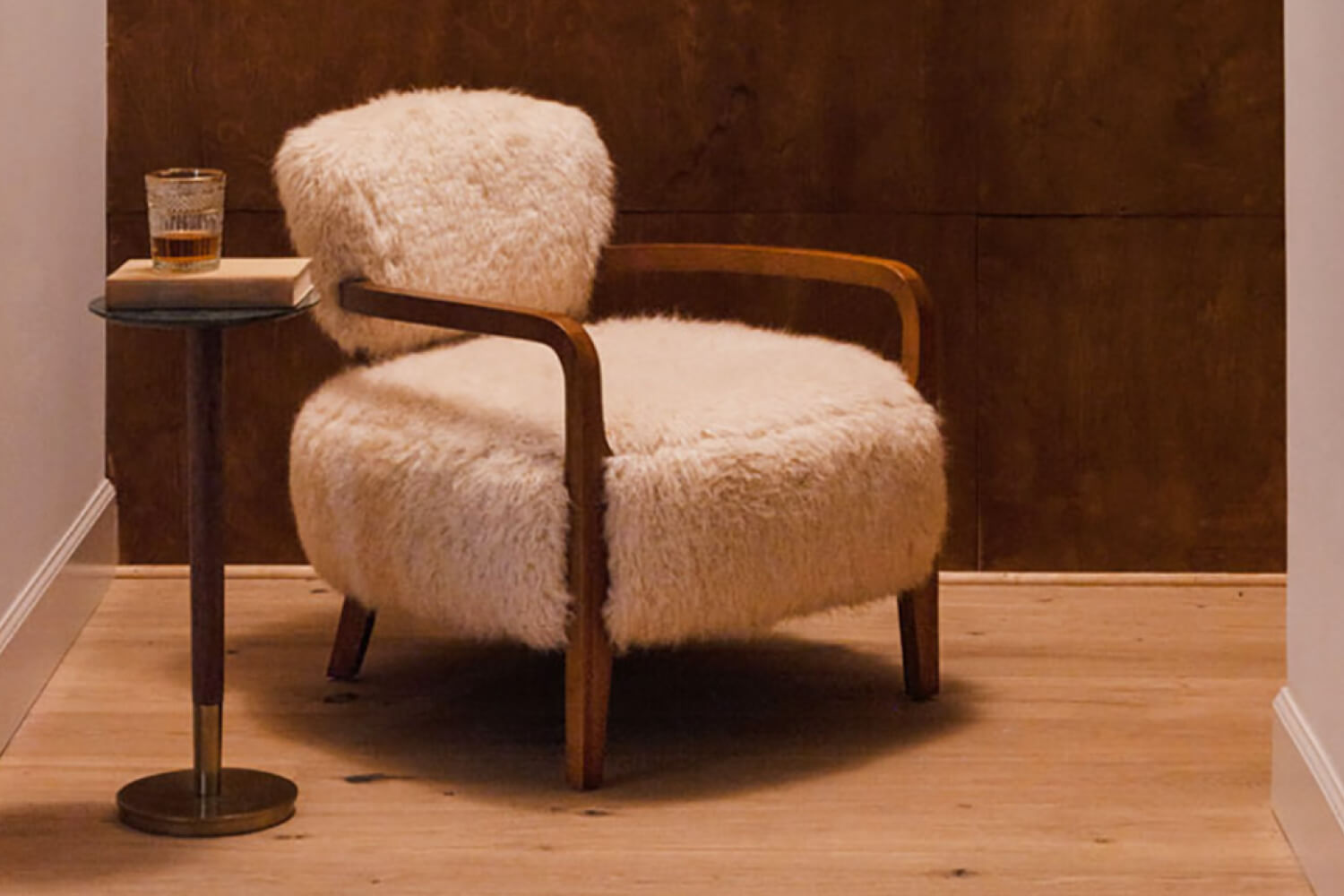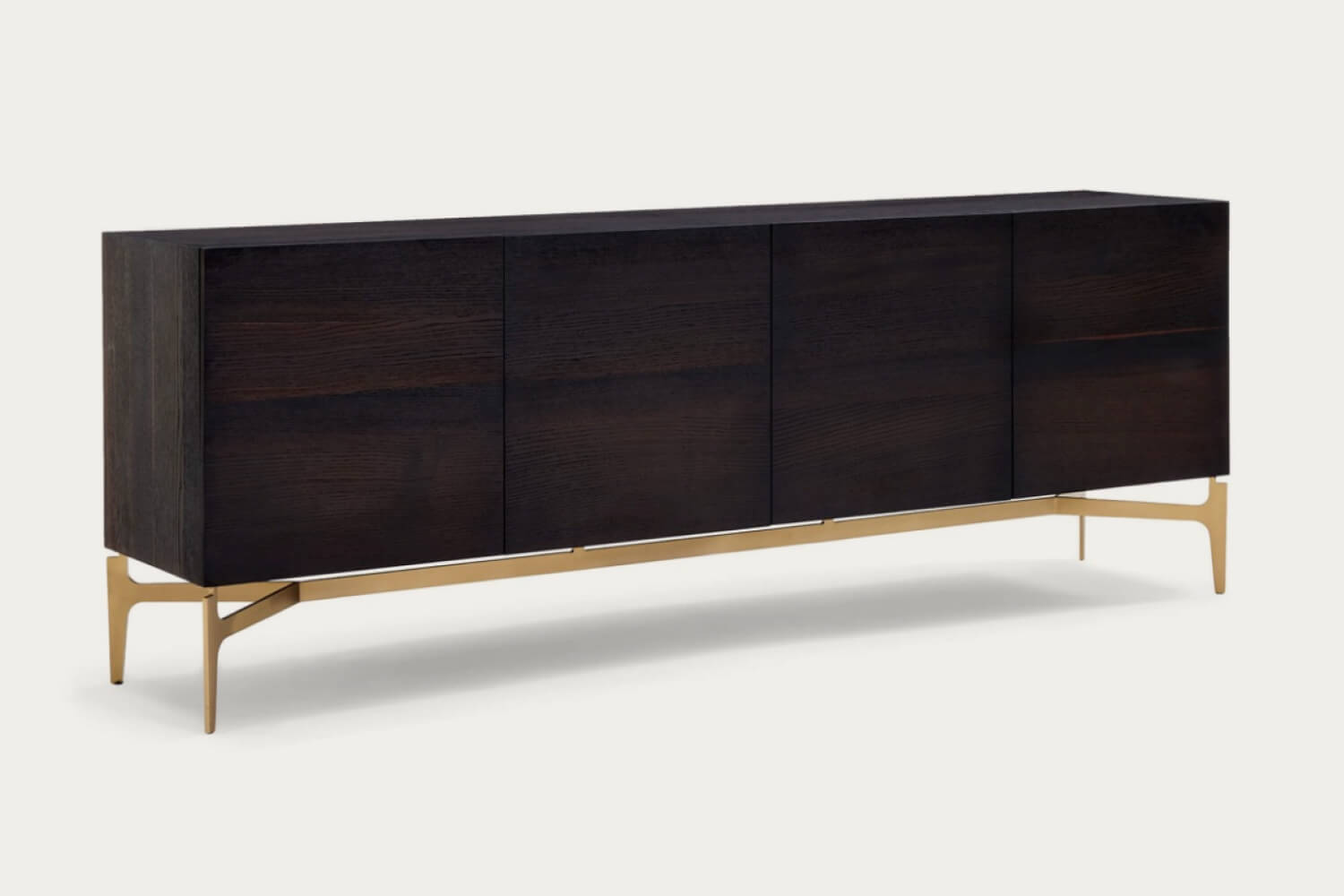
In our journey towards a more sustainable future, the choices we make in our homes play a pivotal role. Modern furniture, a staple in contemporary living, has the power to influence not only our living spaces but also the health of our planet.
As we navigate this path, the shift towards eco-friendly materials in furniture design is not just a trend but a profound statement of care and responsibility towards the environment.
This blog post seeks to illuminate the best eco-friendly materials that are shaping the future of modern furniture, showcasing that style and sustainability can indeed go hand in hand.
The Environmental Imperative
The traditional processes of furniture manufacturing have long cast a shadow on our environmental consciousness.
From extensive deforestation to the use of hazardous chemicals, the legacy of furniture production has been one of considerable ecological footprint. However, the tide is turning. A global awakening to the ramifications of these practices has spurred an insatiable demand for change.
Eco-friendly materials stand as the vanguard of this revolution, offering a beacon of hope and transformation. These materials aren't just alternatives; they are testaments to human ingenuity and respect for nature, embodying principles of regeneration, conservation, and sustainability.
The Best Eco-Friendly Materials for Modern Furniture
Bamboo: The Sustainable Powerhouse
Often hailed as a 'miracle material', bamboo is a front-runner in the eco-friendly materials race. Its rapid growth rate and ability to regrow quickly after harvesting make it a highly sustainable choice.
But its benefits don't stop at sustainability. Bamboo's natural strength and flexibility have inspired designers to create stunning pieces that don't compromise on durability or style.
From sleek, modern tables to elegant clam chairs, bamboo furniture is versatile, strong, and inherently stylish, making it a favorite for those looking to combine eco-consciousness with contemporary design.
Reclaimed Wood: History and Sustainability in Every Grain
There is an undeniable charm in the story that reclaimed wood tells. Each piece, with its unique imperfections and markings, carries a piece of history while contributing to a sustainable future.
By diverting wood from landfills and reducing the demand for new timber, reclaimed wood furniture offers an environmentally friendly option that celebrates the past while looking after the future.
It brings with it a rustic, warm aesthetic that can complement any modern design, providing a tactile and visual richness that new materials often lack.
Recycled Metals: Turning Waste into Wonder
In a world striving to reduce waste, recycled metals emerge as a shining example of sustainability.
Utilizing metals like aluminum and steel, which can be recycled repeatedly without degradation in quality, the furniture industry is creating pieces that are both beautiful and beneficial to the environment.
This practice not only conserves resources and energy but also opens up a realm of design possibilities. From sleek, industrial looks to intricate, artistic creations, recycled metal furniture is proving that eco-friendly can also mean visually stunning.
Cork: Nature's Wonder Material
Cork is a material that truly encapsulates the concept of sustainability.
Harvested from the bark of cork oak trees without harming the tree itself, cork is renewable, biodegradable, and recyclable. Its unique cellular structure makes it lightweight, buoyant, and an excellent insulator, providing not just aesthetic appeal but also practical benefits.
Cork furniture, with its soft, tactile surface and natural, earthy look, can bring a sense of warmth and organic style to any modern space.
Plant-Based Fabrics: Comfort, Style, and Sustainability
As we move away from synthetic, petroleum-based textiles, the allure of plant-based fabrics is becoming increasingly apparent.
Materials like organic cotton, linen, and hemp are cultivated using methods that have a lower environmental impact than conventional farming.
These fabrics bring a sense of natural elegance and breathable comfort to furniture upholstery, combining sustainability with luxury.
Available in a range of textures and colors, they provide endless possibilities for creating stylish, eco-friendly furniture that feels as good as it looks.
Designing with Eco-Friendly Materials
Choosing eco-friendly materials is a commendable first step, but the sustainability of furniture also lies in the design.
Principles of minimalism advocate for simplicity and functionality, reducing material waste and emphasizing the beauty of the form.
Modular designs offer flexibility and longevity, ensuring that furniture can adapt to changing needs and spaces, thereby minimizing the tendency for disposable furniture.
Durability and timelessness go hand in hand; creating pieces that stand the test of time means fewer resources are consumed over the long term. Designers and manufacturers are increasingly embracing these principles, creating furniture that is not only environmentally friendly but also beautifully crafted and built to last.
Challenges and Innovations
Despite the growing popularity of eco-friendly furniture, challenges such as higher costs and limited consumer awareness still exist. However, the industry is responding with innovative solutions.
Advances in technology and materials science are leading to the development of new, more affordable, and more efficient sustainable materials.
Brands are also focusing on educating consumers about the benefits and importance of eco-friendly furniture, helping to shift perceptions and increase demand.
As these efforts continue, sustainable furniture is becoming more accessible and desirable, paving the way for a greener, more stylish future.
The Future of Furniture
The future of furniture is one where sustainability is ingrained in every aspect, from material selection to manufacturing processes to end-of-life recyclability.
As consumer demand for eco-friendly options continues to grow, we can expect to see an even greater variety of sustainable materials and innovative designs on the market.
The focus will likely shift towards multifunctional, adaptable pieces that fit into the increasingly dynamic and fluid spaces we live in.
Technology, too, will play a crucial role, with advancements in areas like 3D printing and material science opening up new possibilities for sustainable furniture design.
Conclusion
As we strive towards a more sustainable world, the choices we make in our homes are more important than ever.
Opting for furniture made from eco-friendly materials is a powerful way to reduce our environmental impact while creating beautiful, functional living spaces.
By embracing these materials and the principles of sustainable design, we can enjoy our homes knowing that we are contributing to a healthier planet. The journey towards sustainability is a collective one, and with each piece of eco-friendly furniture we choose, we're taking a step in the right direction.

